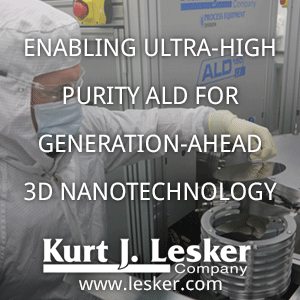Researchers have achieved a groundbreaking milestone in silicon photonics by developing the first electrically pumped Group IV laser, made from silicon-germanium-tin layers directly grown on silicon wafers. This innovation paves the way for cost-effective, energy-efficient photonic integrated circuits in next-gen silicon chips.
This laser not only operates with a low current of 5 milliamperes at 2 volts but also features a sophisticated multi-quantum well structure and ring geometry to minimize power consumption and heat generation. Though the device currently functions at cryogenic temperatures, its development path mirrors earlier advancements in germanium-tin lasers that achieved room-temperature operation within a few years. The laser’s manufacturability is further underscored by its growth on standard silicon wafers, aligning with industry-standard processes. This achievement is poised to catalyze the adoption of low-cost photonic integrated circuits (PICs) in microchips, meeting the growing demand for energy-efficient hardware in AI and IoT applications while paving the way for advances in optical data transmission and next-generation silicon photonics.
Sources:
Silicon Photonics Breakthrough: The “Last Missing Piece” Now a Reality



%20(1).png)

No comments:
Post a Comment